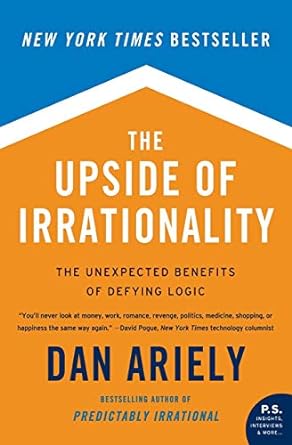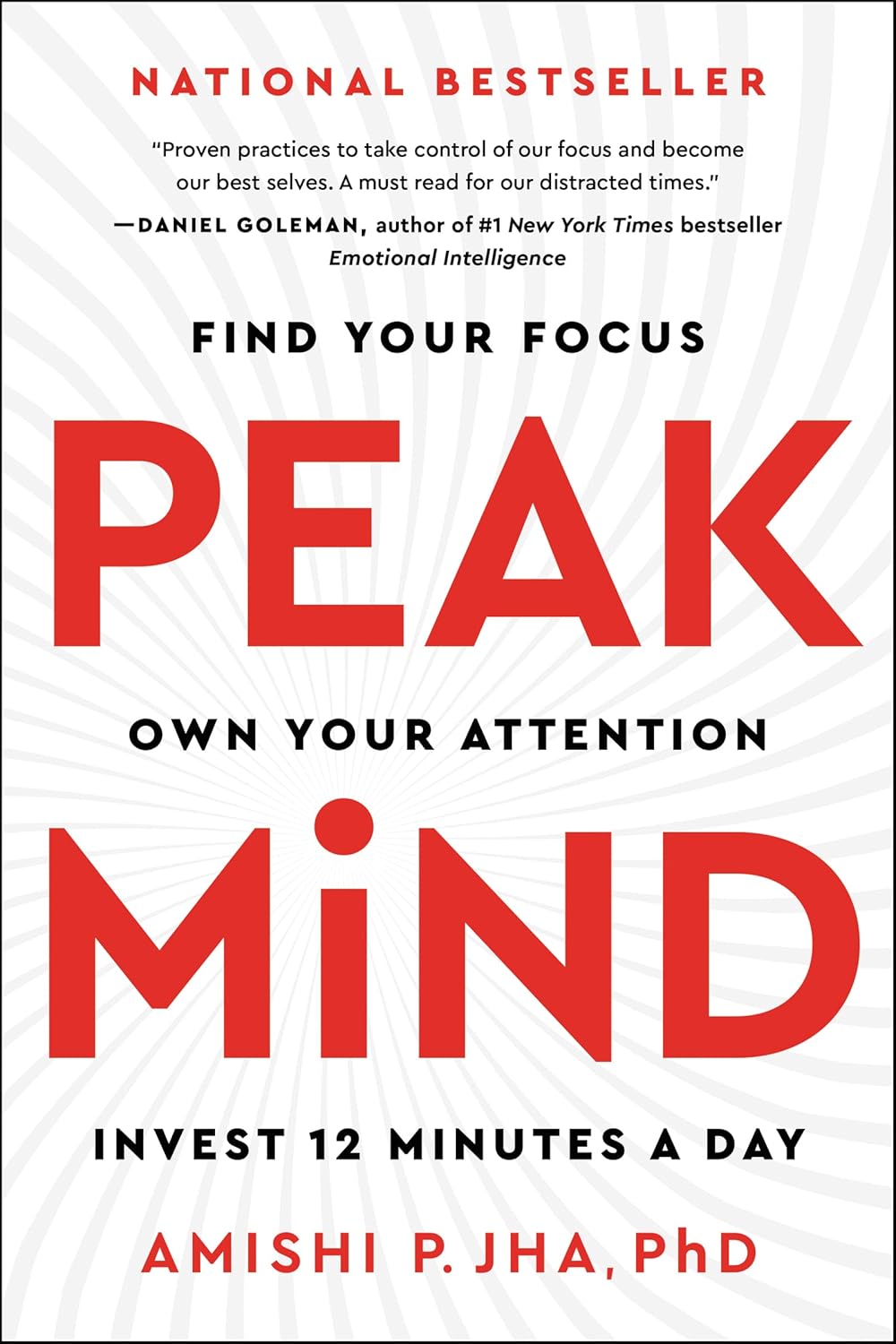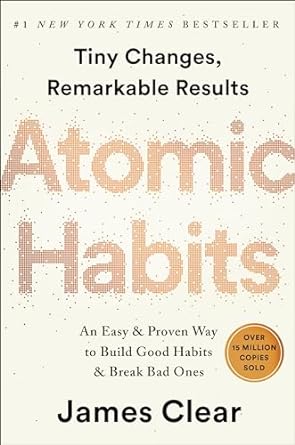Yerkes-Dodson Law
Describes the relationship between performance and arousal/stress with an inverse-U curve: increased arousal improves performance to a certain point, after which increased stress worsens performance.
Factors that shift the position of this U-curve include: (1) the difficulty of the task (2) how easily the individual becomes stressed (3) previous experience with the task being performed.Key Insights & Principles
Stress & Performance
Insights:- Optimal arousal is a midpoint between boredom and anxiety.
- Stress can enhance learning and performance on easy tasks, but impairs performance on difficult tasks.
- The complexity of tasks determines the energy and focus required to perform them, adding stress increases the level of energy depleted, and focus will suffer.
- Low arousal can mean low motivation to perform.
- Continued stress, even if low, can turn into distress over time.
- Manage arousal by engaging or disengaging from activities - increase physical exercise to increase alertness, or take a break from difficult mental tasks to reduce stress.
- Introduce deadlines to tasks







